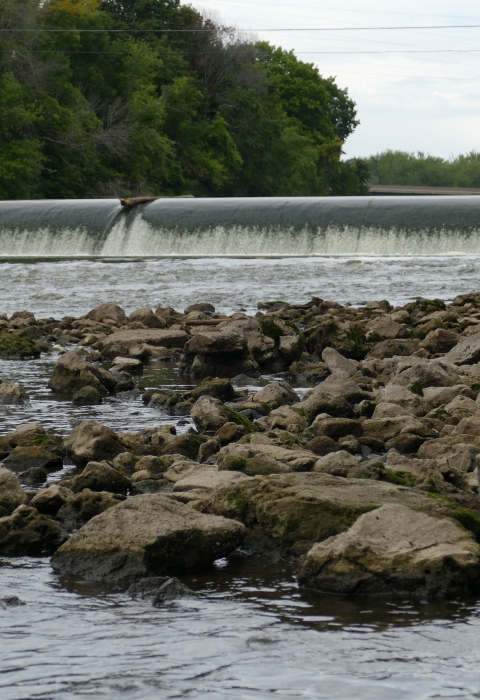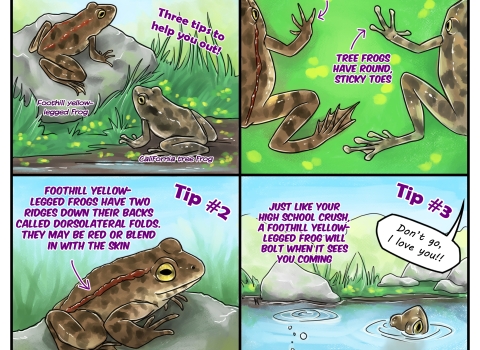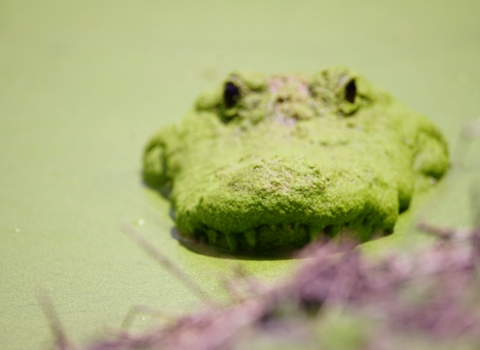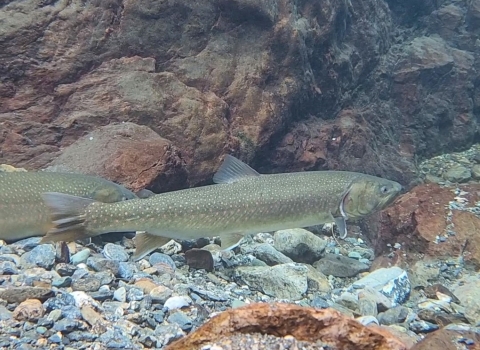The Wapsipinicon (Wapsi) River is located in eastern Iowa and is a tributary to the Mississippi River. The 268 mile long river provides habitat for 90 species of fish and 18 species of mussels. One of those mussel species is the endangered Higgins’ eye found in the lower portions of the river. In an effort to re-establish a naturally reproducing population to the Wapsi, the La Crosse Fish and Wildlife Conservation Office, Iowa Department of Natural Resources (DNR), and local partners have been working on removing and modifying dams on the river since 2009.
Since then, the U.S. Fish and Wildlife Service (Service) has contributed National Fish Passage funds to help remove or modify five dams in the Wapsi River watershed. Progress continues as the Service partnered with Linn County Conservation Board, and Iowa DNR to modify the Pinicon Ridge Park Dam this fall. The dam modification will reconnect 78 miles of mainstem river. That means 78 more miles for walleye, largemouth, and smallmouth bass to swim up and down the river and gain greater access to tributary habitat. All these species are essential to expanding the range of Higgins’ eye mussel upstream as they are its fish hosts.
In August, the Service and Iowa DNR continued some site preparation in anticipation of the upcoming dam modification. The team worked on relocating mussels that were within the construction zone to ensure they don’t get smothered from being in the footprint of the constructed rock rapids or crushed by heavy equipment. Black sandshells, plain pocketbook, elktoe, heel splitters, and pimpleback mussels were found and relocated. No Higgins’ eye were collected this year, but they were found and relocated last year. The largest mussel was a black sandshell measured at 6.6 inches long! As with most endangered species, habitat loss is one key threat contributing to the decline of the Higgins’ eye. Today we celebrate one big and important step to regaining historical habitat within a Mississippi River tributary for the Higgins’ eye as we work to recover this species.



